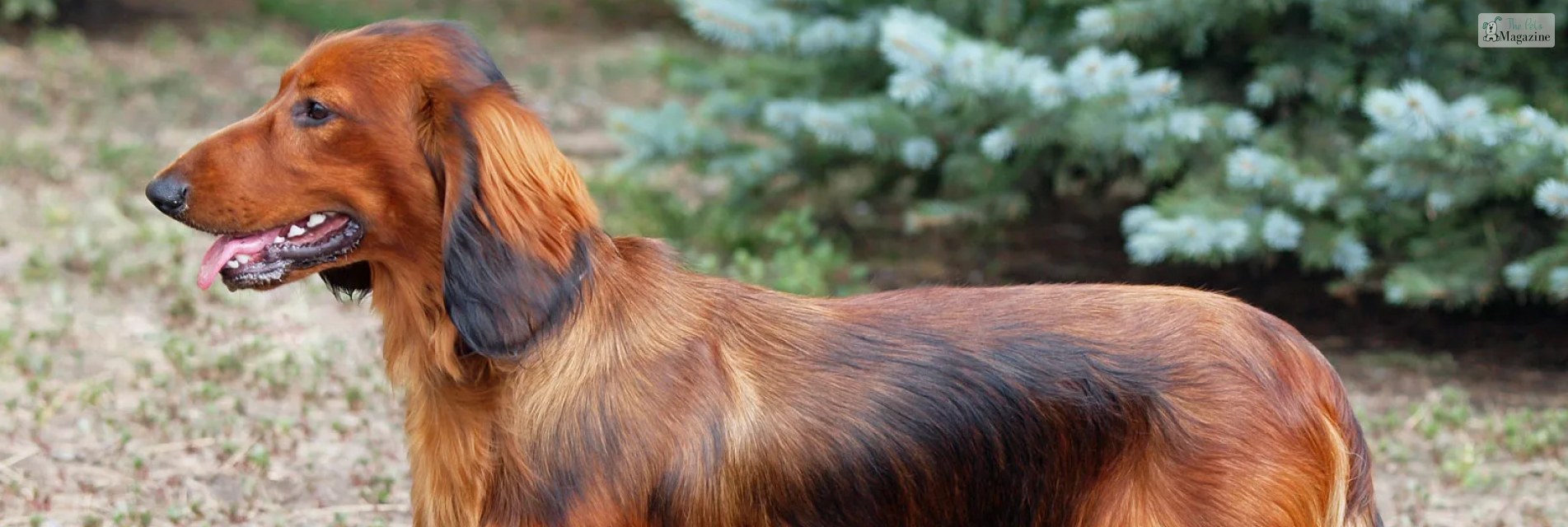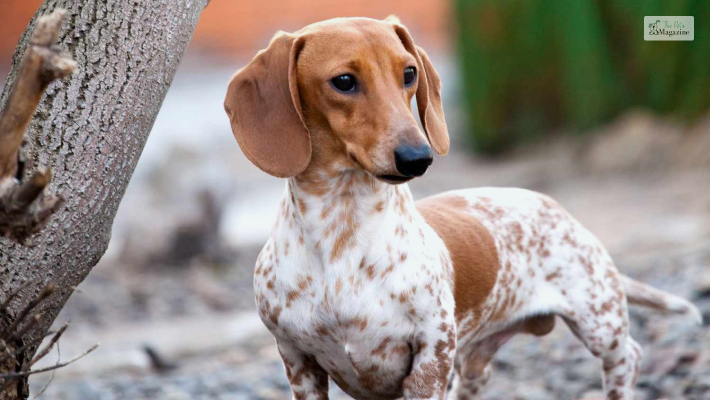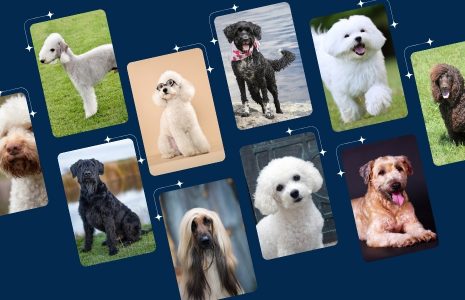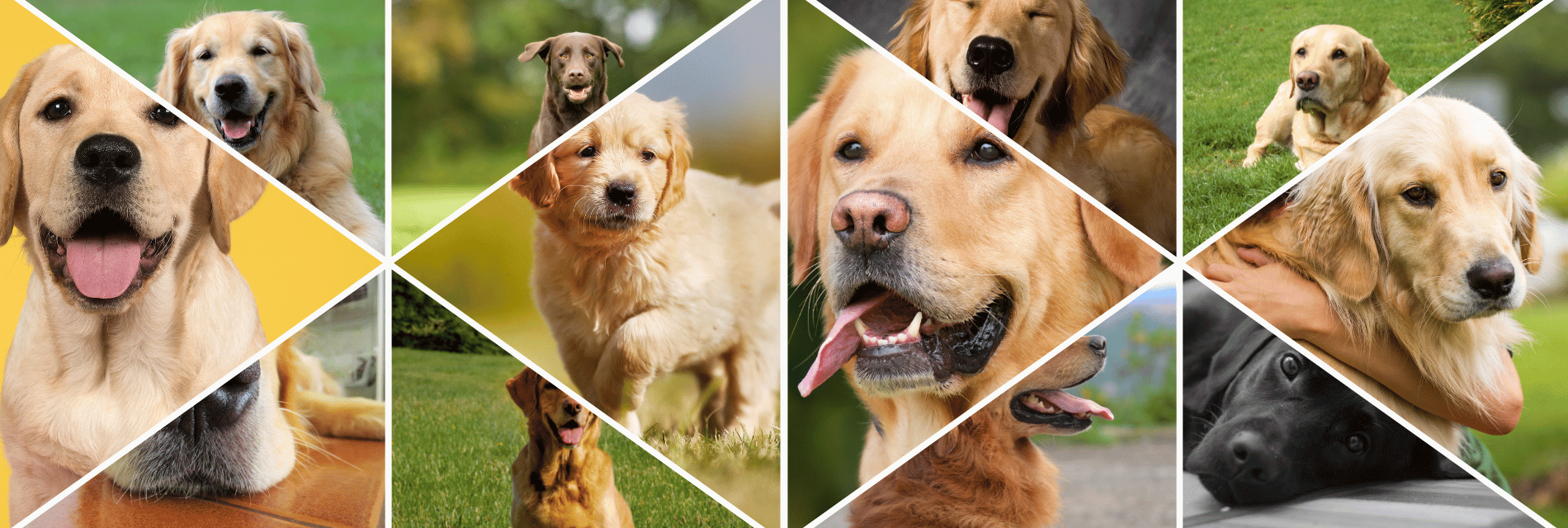Dachshund Lifespan: How Long Do Dachshunds Live


Pondering on how long do dachshunds live, it can be a little disconcerting to get so practical about your pooch. And yet being aware of their life expectancy can help you plan their life ahead with you. In general, a dachshund will live up to 15 years. However, there are certain factors that affect their longevity, such as health issues, exercise, and the nutritional value of the food they are fed.
Dachshunds are known for their uniquely long body and short legs. They were originally bred to hunt badgers. They could stay low near the ground, helping them pick up the scent of badgers and following them into their burrows.
The Oldest Dachshund In The World
A dachshund holds the Guinness World Record for being the oldest dog from its breed. It could have been either a Dachshund mix or a wirehaired doxie. Its name was Chanel, and she was from New York, living to the age of 21.
Chanel was known to love peanut butter cups and suffered from cataracts when she got really old. Dying of old age in 2009, holding the title for just three months.
The Dachshund that truly lived the longest did not hold any official record, but he died at the age of 25 and a month. His owner decided to put him down. His name was Rocky, and he lived entirely in Shingle Springs, California, USA.
When he got really old, his joints gave out. His legs that are typically short and could not carry his weight. As a dog that loves to move around a lot, it was devastating to watch because of which his human had to put him down.
All About The Dachshund

Weight:
Miniature- 11 pounds or less, Standard- 16-32 pounds
Height:
Miniature-5 to 6 in. at the shoulder, Standard- 8 to 9 in. at the shoulder
Size:
Standard and miniature
Coat Type:
Three varieties- smooth, longhaired, wirehaired
Coat color:
Many different colors and patterns
Shedding:
Low to medium
Eyes:
Blue, Hazel, and Brown
Nose:
Brown and Black
Ears:
Big and floppy
Temperament:
Playful, determined, affectionate
Dachshund Life Span:
12-15 years
Hypoallergenic:
No
Kid-friendly:
No
New owner friendly:
No
Breed recognition:
Recognized by AKC in 1885
Common Causes Of Death

A survey conducted by UK Kennel Club and the British Small Animal Veterinary Association Scientific Committee has come up with a very particular list of illnesses that usually affect and claim this breed:
Old Age: 21%
Cancer: 16.7%
Cardiac: 14.3%
Neurologic (such as IVDD, seizures, etc.): 11%
Multiple Issue Combinations: 5.7%
Some of these issues are genetic, which means they are susceptible to suffering these conditions by default, and such conditions can affect your dachshund to a great extent. Taking care of this breed from day 1, knowing that they are capable of living long lives, can improve their longevity to a greater extent.
Common Conditions Dachshunds Suffer From
While we talk about how long do dachshunds live, let us look at some of the factors that affect it. Dachshunds are a healthy breed mostly, yet there are certain illnesses they are predisposed to nonetheless.
Intervertebral Disc Disease

Dachshunds have a particularly sensitive spine because of their disproportionate bodies. It puts extra pressure on the breed’s spinal cord. IVDD is known to happen when the disc that separates the bones of the spine slips inward. Pressing on the spinal cord. It causes the dog immense strain that could range from anywhere between slight to tremendous pain.
In some cases, the dog suffering from this condition will eventually get paralyzed. It is at this point that most dog owners decide to put their beloved pupper down.
Bloating

When your dog eats food that is of low quality or eats it too fast, or forgets to chew the food, they develop a condition called bloat. It fills their stomach with air. It is more uncomfortable for you than your dog. Sometimes this seemingly benign condition could become something more, like gastric torsion. With this condition, The dog’s stomach rotates and twists on itself. This could kill your beloved canine within minutes.
Obesity
Dachshunds, although super cute, are prone to being chubby. Bordering on obesity, putting on extra weight could harm your pupper a lot. This condition could increase the risk of back and joint problems, as well as heart issues. Stopping a Dachshund from eating or overeating is a task, but if you want your baby to live a long, happy life, it is imperative that you set limits.

Why Dachshunds are Prone to Obesity:
Body Build: Their short legs limit their natural ability to exercise, making it easier to burn calories.
Metabolism: Some dachshunds may have a slower metabolism, further hindering calorie burning.
Begging Eyes: Those big, soulful eyes can be hard to resist, and overindulging in treats can quickly add up.
Health Risks of Obesity in Dachshunds:
Excess weight puts a strain on a dachshund’s entire body, increasing the risk of several health problems, including:
Intervertebral Disc Disease (IVDD): Obesity worsens the stress on their already vulnerable back, making IVDD, a painful spinal condition, more likely.
Joint Problems: Extra weight puts extra pressure on joints, leading to pain, inflammation, and arthritis.
Breathing Difficulties: Obesity can restrict airflow, especially in breeds like dachshunds with shorter snouts.
Diabetes: Excess weight can increase the risk of diabetes, a chronic condition affecting how the body regulates blood sugar.
Reduced Lifespan: Obesity can significantly shorten a dachshund’s lifespan.
Patellar Luxation
Patellar luxation is a common orthopedic condition in dogs, particularly affecting small breeds. It refers to the dislocation of the kneecap (patella) from its normal groove in the thighbone (femur). This abnormal movement can cause lameness, pain, and discomfort in your furry friend.
But before we move on to talk about the causes of Patellar Luxation, lets first take a look at knee joints in dogs:
- The kneecap (patella) is a small, round bone embedded within a tendon that connects the thigh muscles to the shinbone.
- The patella sits within a groove at the lower end of the femur called the trochlear groove.
- Normally, the patella glides smoothly within this groove during leg movement.
What Causes Patellar Luxation?
Patellar luxation is primarily caused by developmental abnormalities that affect the alignment of the leg bones and supporting structures. These abnormalities can be:
Shallow trochlear groove: The groove in the femur where the kneecap sits may be too shallow, allowing the patella to slip out of place.
Leg malalignment: Improper angulations of the femur, tibia (shinbone), or hip joint can contribute to patellar luxation.
Tight or loose ligaments: Ligaments surrounding the kneecap may be too tight, pulling it out of position, or too loose, offering inadequate support.
While genetics play a major role, some cases can be triggered by:
Trauma: An injury to the knee joint can disrupt the normal anatomy and cause patellar luxation.
Obesity: Excess weight puts additional strain on the joints, increasing the risk of luxation.
Grades of Patellar Luxation:
Veterinarians classify patellar luxation based on the severity of the kneecap displacement:
Grade I (Mild): The kneecap can be dislocated manually but pops back into place on its own.
Grade II (Moderate): The kneecap luxates intermittently during activity and requires manual manipulation to return it to its position.
Grade III (Severe): The kneecap remains dislocated most of the time, causing persistent lameness and pain.
Grade IV (Most Severe): The kneecap is permanently dislocated, along with significant joint deformity and pain.
Signs of Patellar Luxation
Skipping gait: The dog may hold up a leg for a few steps or limp intermittently, especially after exercise.
Sudden lameness: The kneecap may luxate during activity, causing sudden limping or hopping on three legs.
Abnormal leg posture: The affected leg might be held at an unusual angle when the kneecap is dislocated.
Licking or pawing at the knee: The dog may try to lick or chew at the painful knee joint.
Other diseases to affect Dachshunds are relatively benign, but they could affect the quality of their life to a great extent. An occasional seizure, several skin conditions, and eye issues could come up in between the good days.
The three most important factors that you can look into which could change their lives are their diet, grooming, and exercise.
To Conclude
In all honesty, how you take care of your Dachshund will make all the difference. There will be genetic issues and accidents, for sure, but each of the factors that create a domino effect to something good in the long run will give you the answer to how long do dachshunds live.
No number of years could be enough for these little puppers to stay by our side. But if you do everything in your power to keep them alive longer, they will. Dachshunds are the toughest of the lot.
Have you read these?








Leave A Comment